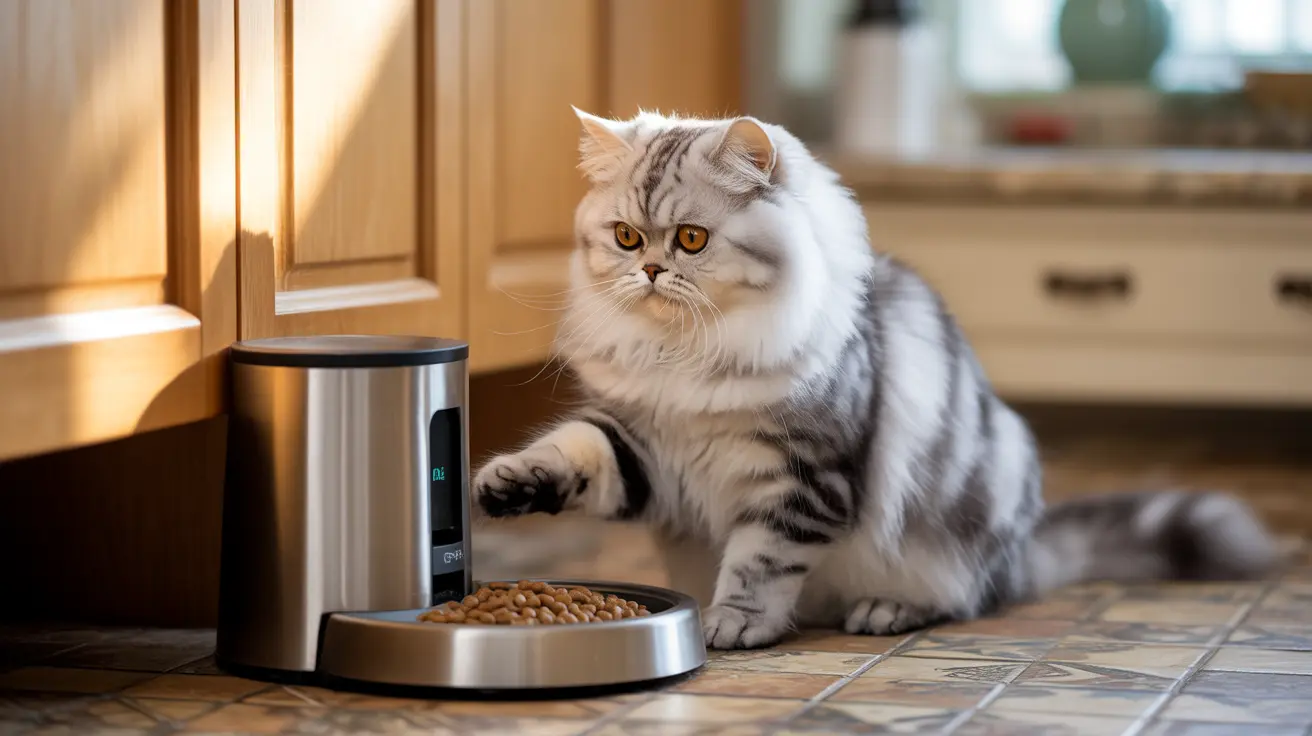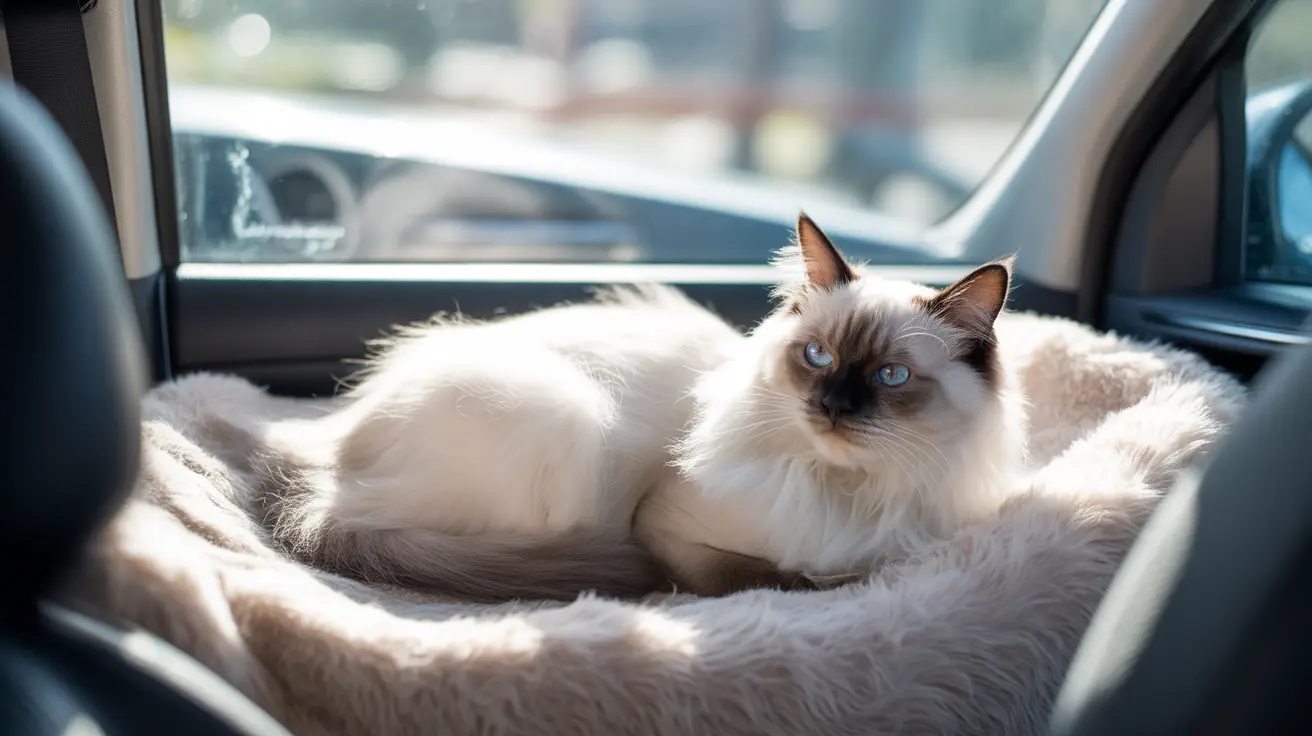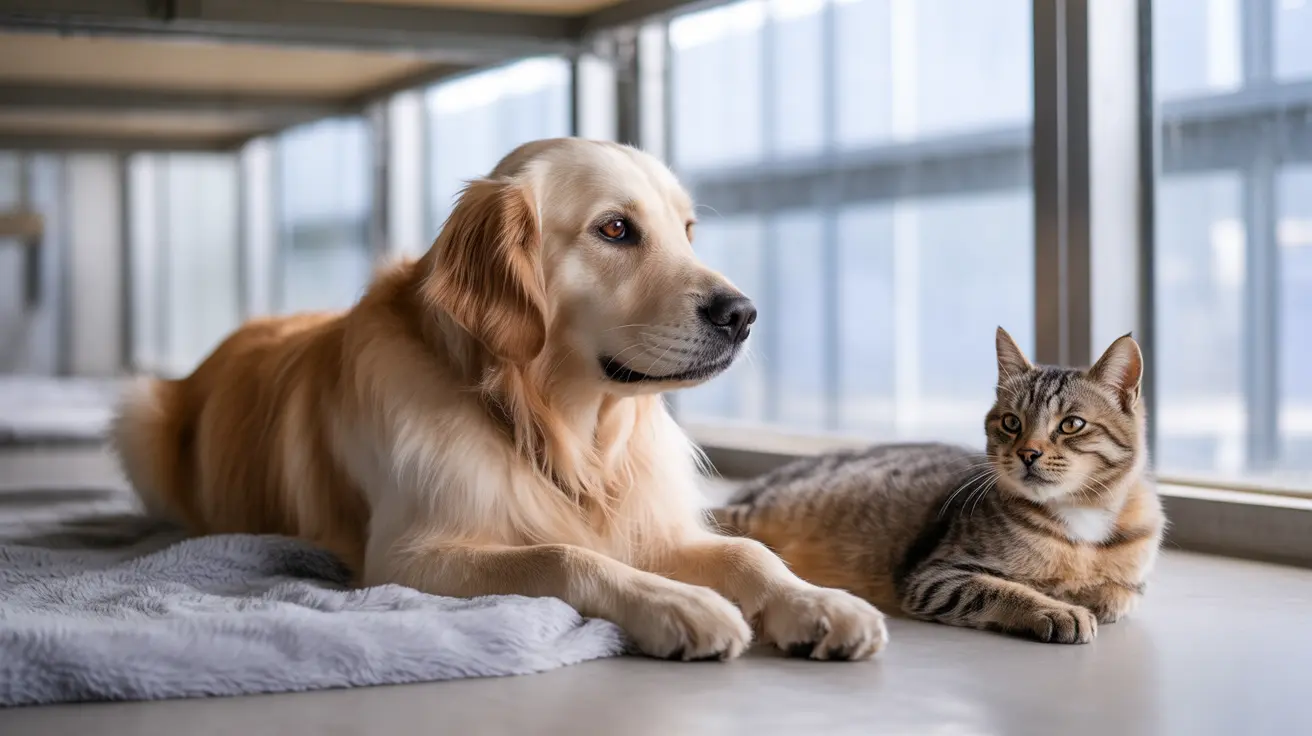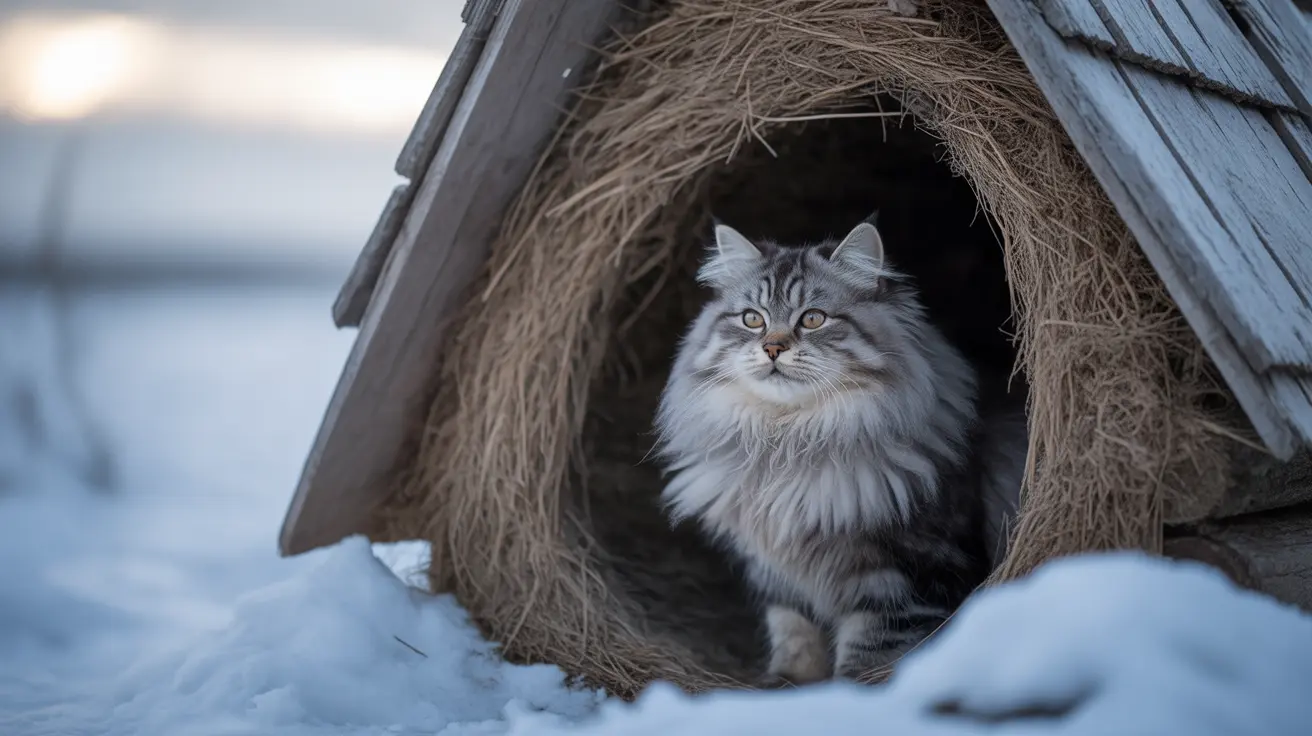Understanding Why Cats Steal Food
Before implementing solutions, it's important to understand why cats might eat each other's food. Cats are naturally territorial animals, and food resources can trigger competitive behaviors. Some cats eat quickly and seek out more food, while others may be attracted to different food textures or flavors in another cat's bowl.
Physical Separation Strategies
Dedicated Feeding Rooms
The most straightforward solution is feeding cats in separate rooms with closed doors. This method ensures each cat has private, uninterrupted access to their food. Set up comfortable feeding stations in different rooms, complete with water bowls and familiar items to create a relaxing environment.
Elevated Feeding Stations
Take advantage of your cats' different physical abilities by placing food bowls at various heights. Less agile cats can be fed on the floor while more athletic ones can have their bowls on counters or cat trees. This natural barrier helps prevent food theft while respecting each cat's physical capabilities.
Smart Feeding Solutions
Microchip-Activated Feeders
These innovative feeders only open for the designated cat, using either microchip or RFID collar tag recognition. While initially more expensive, they provide a foolproof way to ensure each cat only accesses their own food, making them particularly valuable for cats on prescription diets.
Timed Automatic Feeders
Automatic feeders can dispense precise portions at scheduled times, helping regulate feeding patterns. While they don't prevent theft on their own, they can be combined with physical separation techniques for better results.
Establishing Feeding Routines
Creating consistent feeding schedules helps regulate your cats' eating habits. Consider feeding smaller portions more frequently throughout the day to satisfy natural grazing instincts and reduce food-seeking behavior.
Meal Monitoring
During the transition to new feeding arrangements, supervise mealtimes to ensure each cat stays with their designated food. This also allows you to observe eating patterns and adjust strategies as needed.
Environmental Enrichment
Food puzzles and interactive feeders can slow down eating while providing mental stimulation. These tools not only prevent rapid eating but also make mealtimes more engaging and satisfying for your cats.
Frequently Asked Questions
How can I prevent my cats from stealing each other's food during mealtime?
- The most effective methods include feeding cats in separate rooms, using microchip-activated feeders, or creating elevated feeding stations that take advantage of different jumping abilities.
What are the best ways to feed multiple cats with different dietary needs without food theft?
- Microchip-activated feeders are ideal for cats with different dietary needs. Alternatively, supervised feeding in separate rooms ensures each cat receives their proper diet.
Are microchip-activated feeders effective for stopping cats from eating others' food?
- Yes, microchip-activated feeders are highly effective as they only open for the designated cat, making it impossible for other cats to access the food.
How should I set up feeding stations or separate areas to reduce cat food stealing?
- Create dedicated feeding areas in different rooms or at various heights, ensuring each cat has their own space with water and comfortable surroundings.
Can feeding cats multiple small meals a day help prevent them from eating each other's food?
- Yes, offering several smaller meals throughout the day better matches cats' natural feeding patterns and can reduce food-seeking behavior and theft.
Final Thoughts
Successfully managing multiple cats' feeding routines requires patience and consistent implementation of appropriate strategies. By combining physical separation, technology, and routine-based solutions, you can ensure each cat receives proper nutrition while maintaining household harmony.
Remember that what works best may vary depending on your cats' personalities and needs. Don't hesitate to try different combinations of these methods until you find the perfect solution for your feline family.






